Your cart is currently empty!
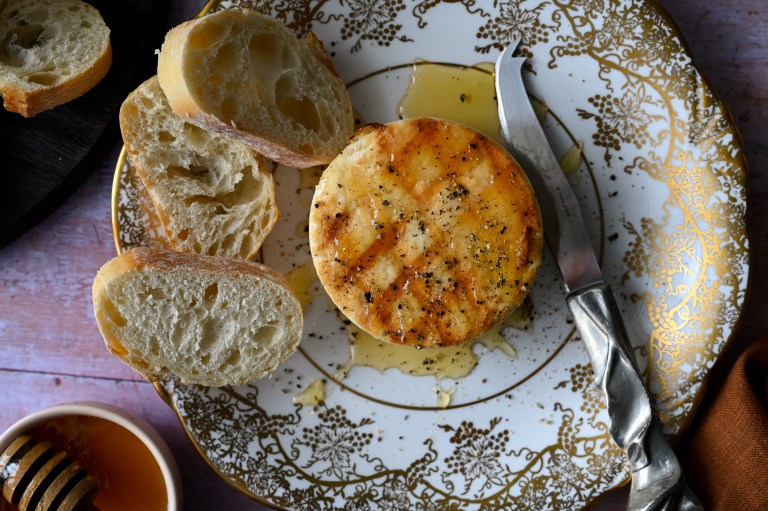
Thanks for sharing!
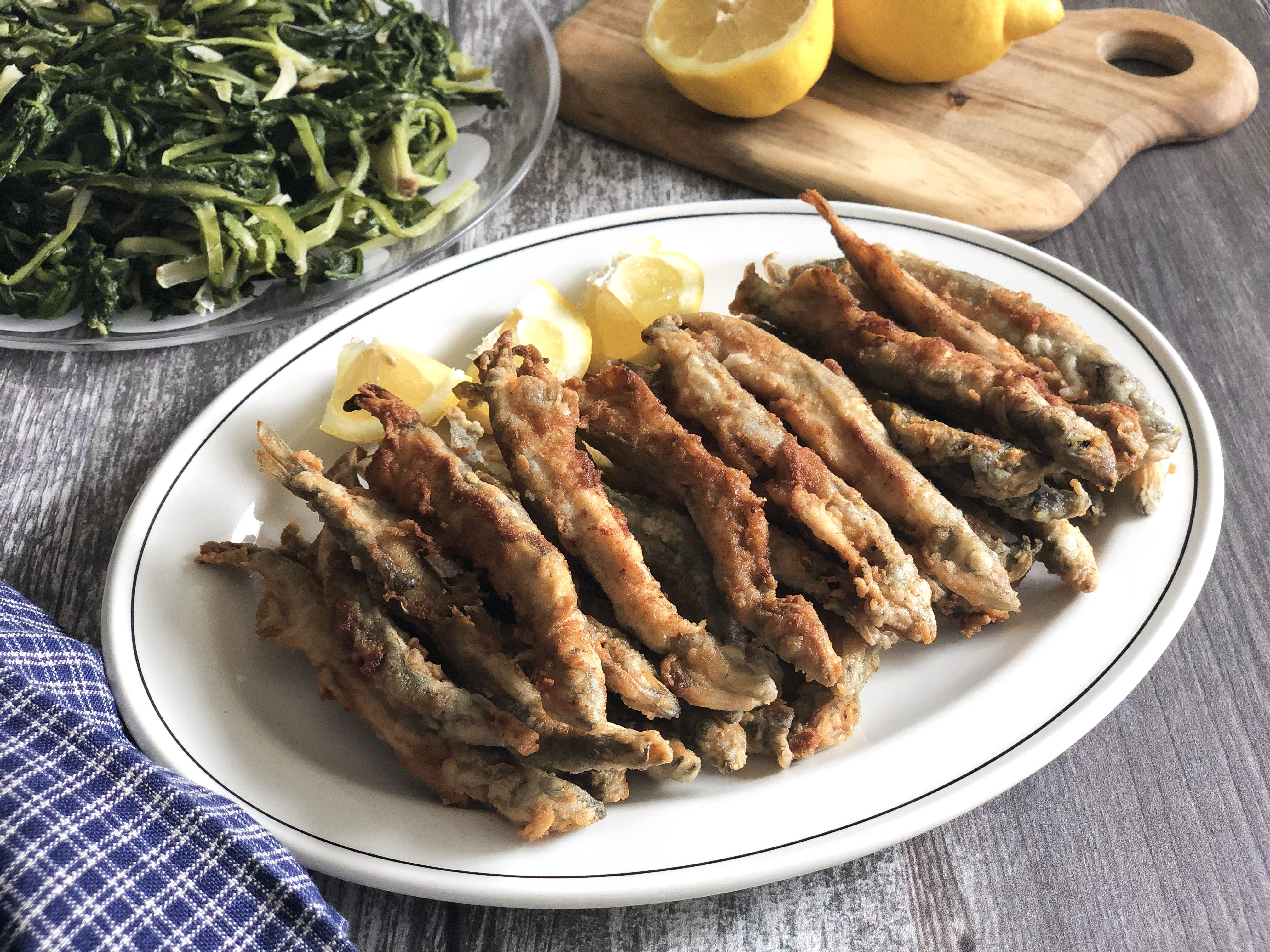
Tiny fried fish that you can eat from head to tail
Summers in Greece mean hours spent in outdoor tavernas, with a clear view of the ocean and the warm sun embracing you. The heat, the pace of vacation life, the hours before or right after the afternoon siesta all contribute to a feeling that time is endless, and life is best lived unhurried. But all that relaxation sure works up an appetite, so that taverna table is usually most often filled with mezes and frosty glasses of ouzo or frappé. Given the scene, some of the best mezes are those that came from the sea you are looking onto. Octopus, shrimp, calamari are always welcome, as are these tiny fried fish.
In Greece, the fish used to make this meze are called marithia (μαριδούλα / μαρίδια). They are absolutely delightful; delicate in flavour and quick to prepare. In Canada however, we don’t have easy access to these fish, but what we do have are capelin, and they do just fine.
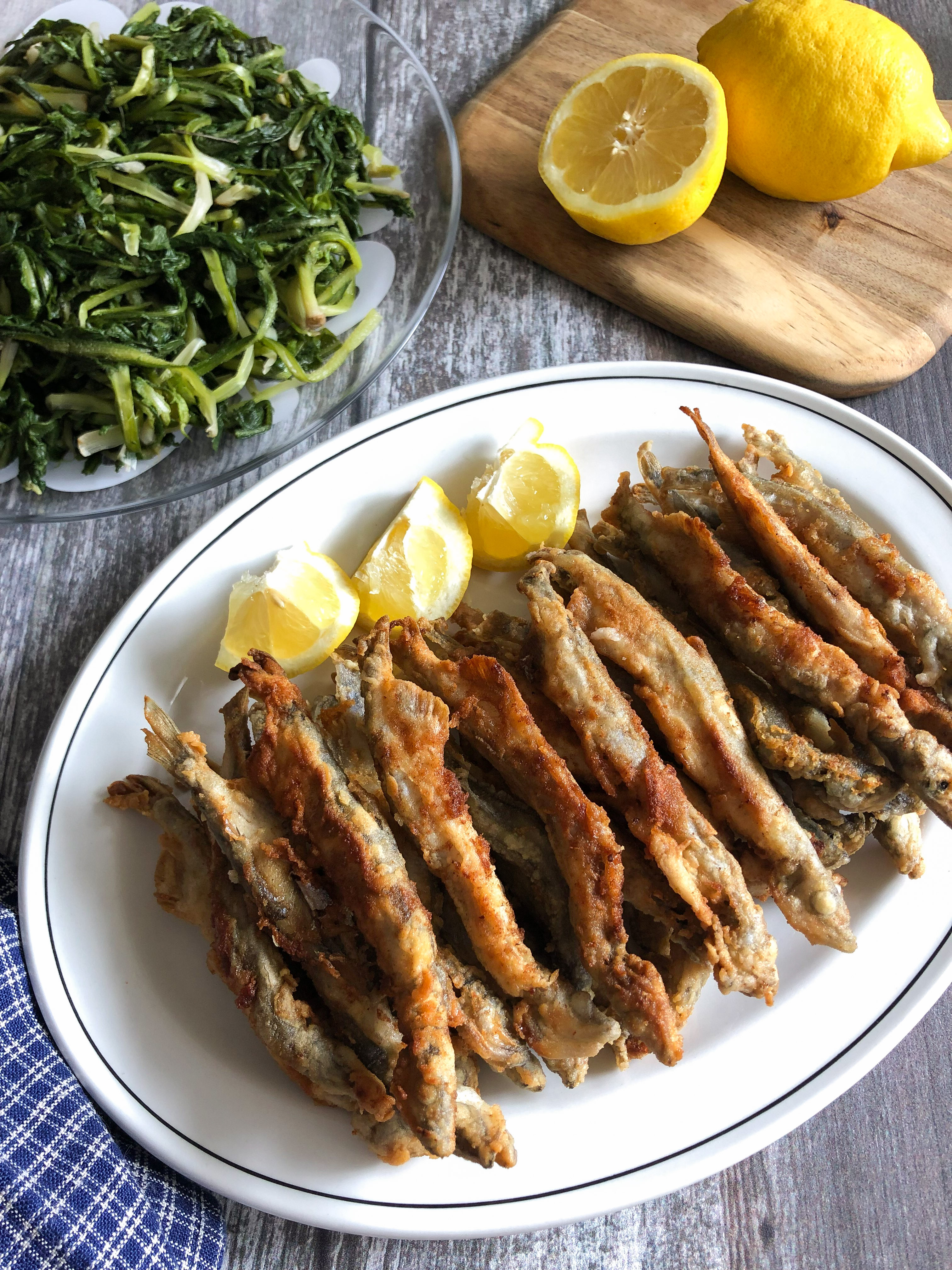
Capelin are small salt water fish that roll into the shores of the St. Lawrence river in the spring. In the provinces of Quebec, particularly in the Gaspé peninsula, as well as in Newfoundland and Labrador it is a regular summertime practice for locals to go to the beach and scoop the capelin up in nets as the capelin “roll in” by the millions each year at the end of May or in early June.
Our parents have dear friends, Christo and Panayiota who are not local to the Gaspé peninsula but who love to drive to Ste-Irénée every year to fish for capelin. They make the 4 to 5 hour drive each way during the day and stay up all night fishing; this is when the capelin roll in with the tide. Wearing long rubber boots that come up mid-thigh, and using fishing nets, they take their chances. On the day a few weeks ago when we went to our parents’ house to make this recipe using their last batch of frozen fish from the year before, the phone rang. It was Panayiota, who said she needed to stop by for a minute. And then, within half an hour, she arrived, exhausted but fulfilled after a recent trip to Ste-Irénée where the fishing was successful. She brought our parents 4 bags of fish that were freshly caught. What a gift! And what a coincidence!
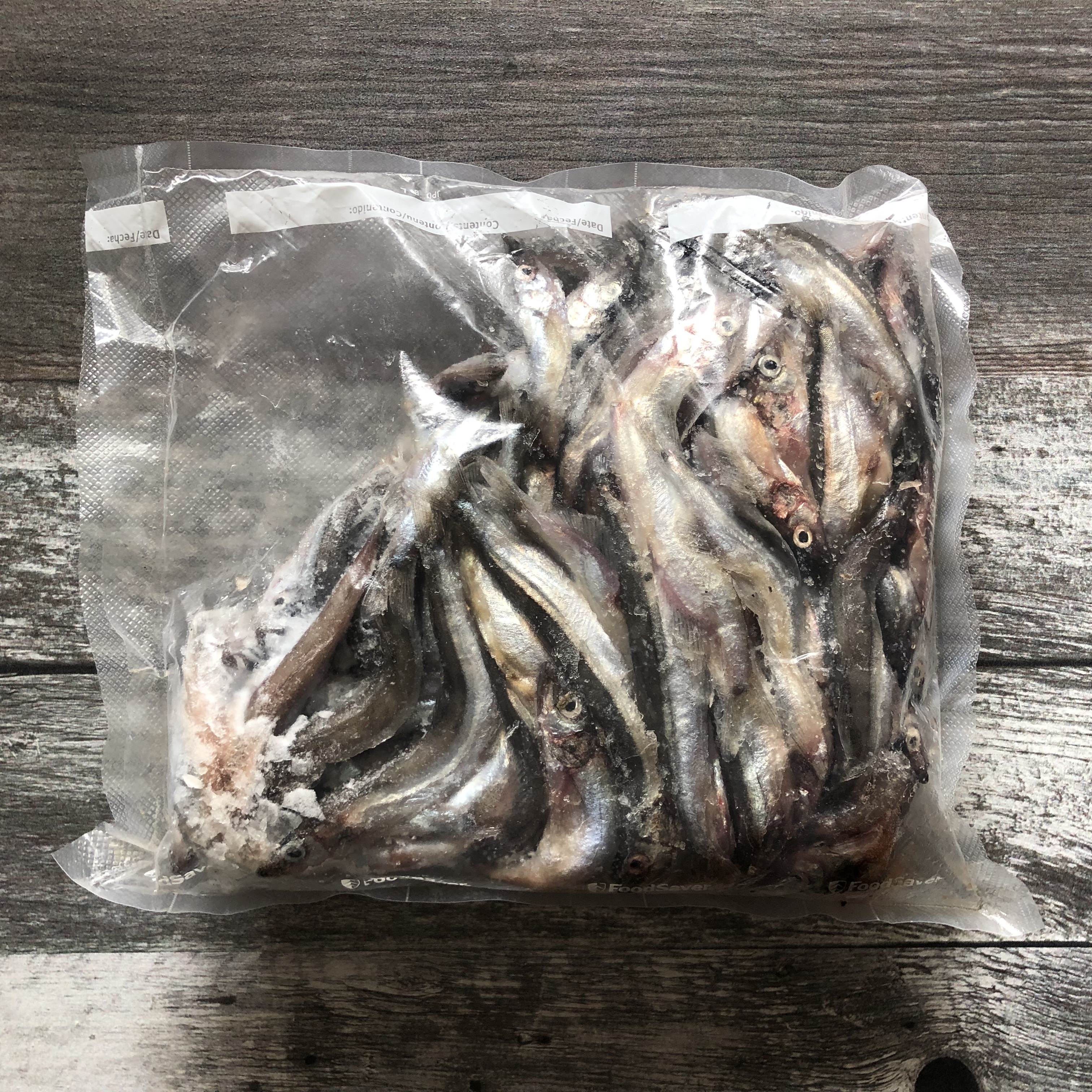
Helpful hints
Capelin is a fish whose delicate flesh resembles herring. Although our parents clean the insides of the fish out, the capelin roe (called masago) is considered to be a delicacy by some. It is often mixed with wasabi and sold as “wasabi caviar”. Our parents just toss it.
Because the fish are so small, you can eat them entirely, bones and everything. Seriously! It’s totally fine, and totally delicious!


These little fried fish are best served right after you cook them. They retain a nice crispy texture on the outside and are delicate on the inside.
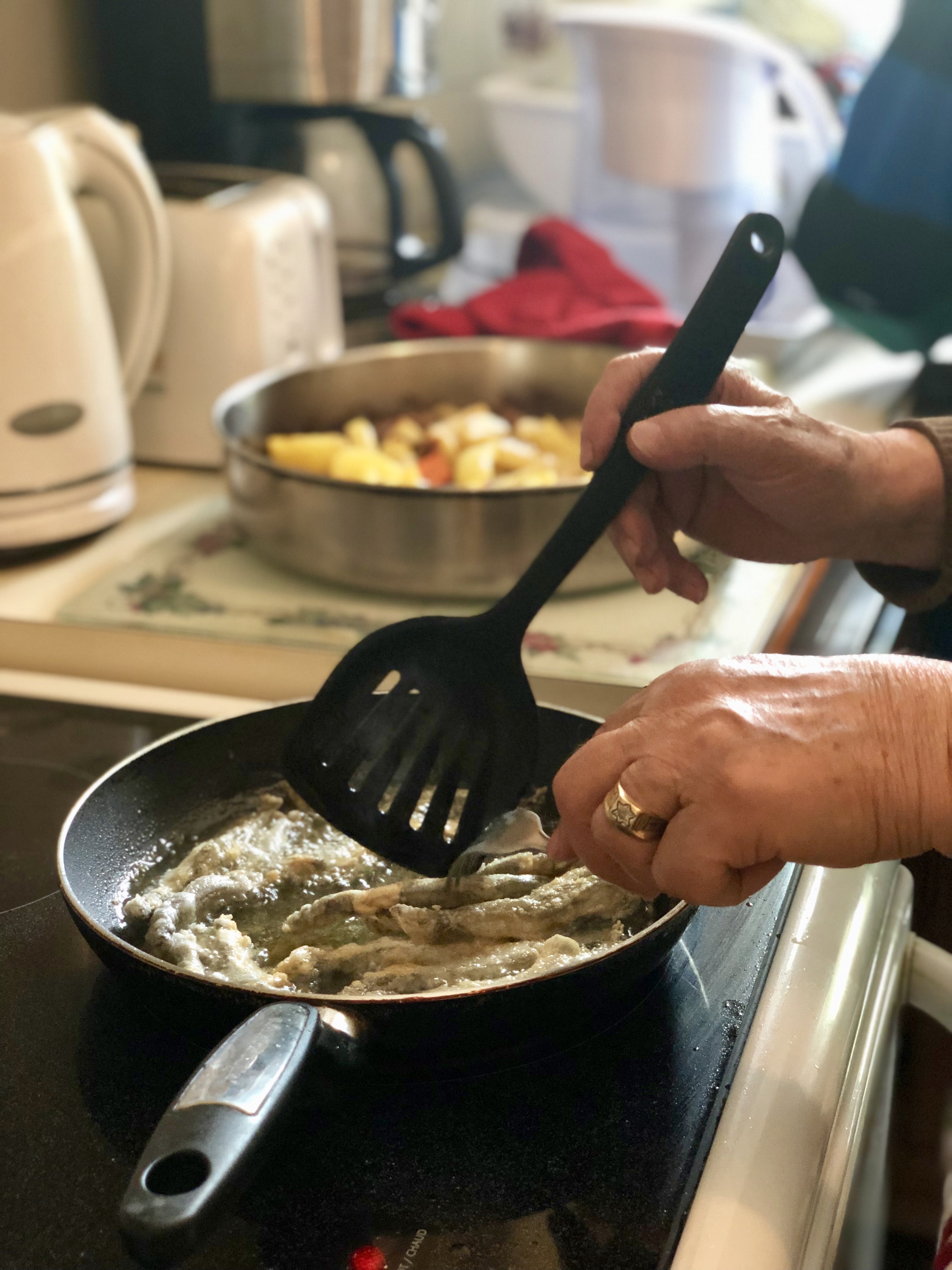
We usually have these little fried fish served with lots of lemon, and a side of horta.
Looking for other delicious fried foods that you can serve as meze? Check these out:
Fried eggplant chips
Fried zucchini chips
Halloumi fries
Cheese saganaki
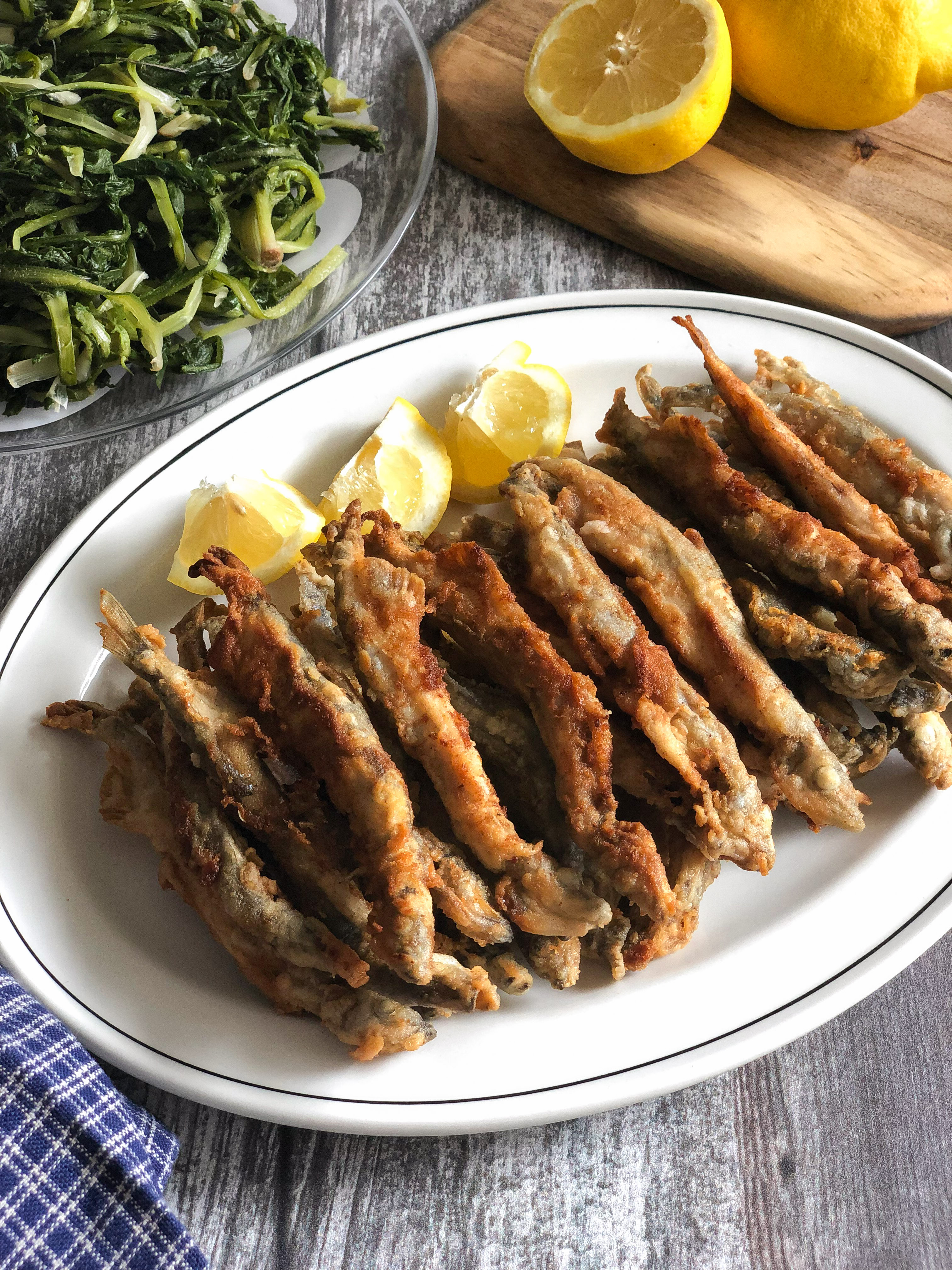

Look delicious! Can’t find similar fish here in Maryland.
Would these be like the marithes that we love in Greece?
Excited to make this soon. If I wanted to serve these little guys as an entree, what kind of vegetable/green might you suggest as a side dish?
Hi Lauren! Thanks for your comment and we hope that you love these little fried fish! We usually serve them with a side of greens; anything from steamed spinach, or swiss chard, or rapini would be great. Our particular favourite is dandelion greens! Would love to know how you enjoy them 🙂
Thanks. I spotted some small fish, half the size of smelts, at a Korean market. I will get some and fry them up.
What is the reasoning for the vinegar?
FEATURED CATEGORIES
THE STORY BEHIND MIA KOUPPA

If you cross the Harvard Bridge in Boston and happen to be with a tour guide, you will learn that in the late 1950’s MIT student Oliver Smoots came up with a unique unit of measure as part of a fraternity pledge. By lying head to toe across the bridge, Oliver determined that its length was 364.4 Smoots.
TRENDING RECIPES
SAVEUR BLOG AWARDS

Subscribe now to keep reading and get access to the full archive.

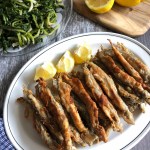
Leave a Reply